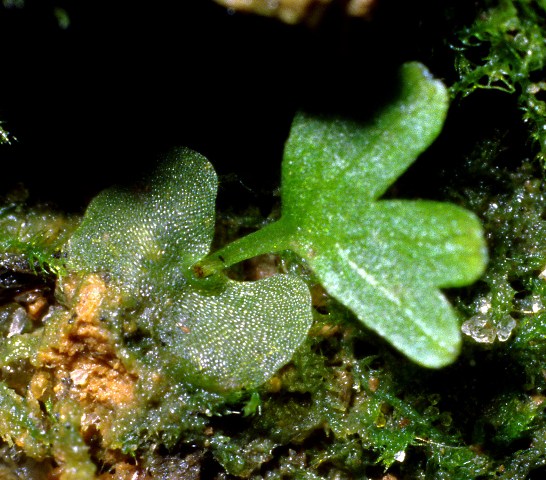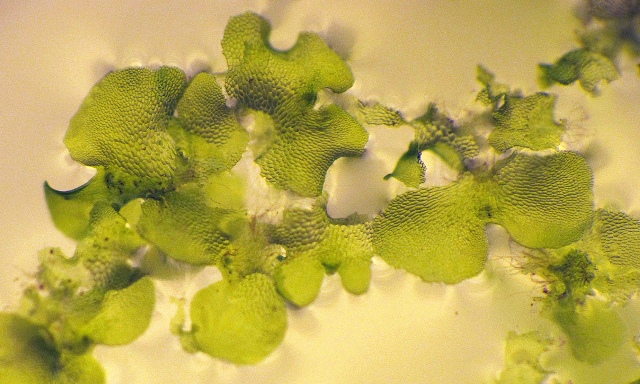Reproduction
When talking about specific life cycles, all land plants alternate between two generations. Ferns are multicellular organisms and occur in both sporophyte and gametophyte during their life cycle. As shown in the diagram below, each generation can give to the other. This process of the alternating between generations in a land plants life cycle is called, accordingly, alternation of generations (Campbell et al 2008).
[Above] Fern Life Cylcle, Copyright © 2008 Pearson Education, Inc., publishing as Pearson Benjamin Cummings
Definitive properties of this life cycle include both multicellular haploid and diploid organisms. The names of the two multicellular generations represent the reproductive cells they produce (Campbell et al 2008). What this means is that the haploid gametophyte is named because of the haploid gametes, egg and sperm, that it creates. These gametes then fuse during fertilization and form diploid zygotes that then undergo mitotic division producing the diploid sporophyte. The mitotic division of the spore cell of a diploid sporophyte generates a multicellular gametophyte, and the cycle is allowed to continue.
[Above] Sporophyte (right) and gametophyte (left), Photo by gjshepherd_br
Another notable attribute of the process of alternation of generations is the development of an embryo within the tissues of the gametophyte, or also known as the female parent tissue. The gametophyte provides the maturing embryo with nutrition including essential amino acids and sugars.
[Above] Mature Fern Gametophyte, Photo by: BlueRidgeKitties
If one looks more closely at the embryo, an individual may notice specialized placental transfer cells. These unique cells sometimes can be found in the adjacent maternal tissue, aiding in the transfer of nutrients from parent back to the embryo through specialized “ingrowths of the wall surface (plasma membrane and cell wall)”. Not only is the multicellular embryo of land plants unique, but it is also such a significant derived trait that land plants are also commonly known as the embryophytes. (Campbell et al 2008). To learn more about fern facts, click here! To return to the home page, click here.
[Above] Fern Life Cycle, Diagram from www.esu.edu



